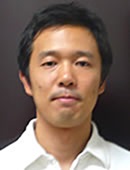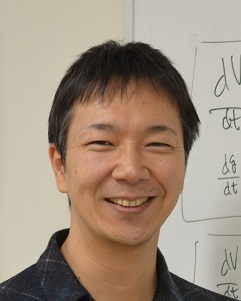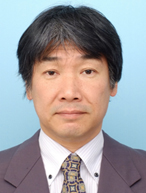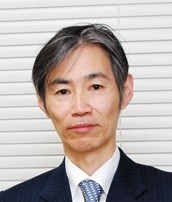赤ちゃんの言語獲得:支える仕組みと脳、環境:針生 悦子(東京大学 大学院教育学研究科 教授)
新しい言語の学習に苦労して、生まれてすぐに開始した母語の学習ではそれほど苦労もせずに完璧に使いこなせるようになったのに、と考え始める人は少なくないかもしれません。確かに赤ちゃんは、その言語が話される環境の中で育つだけで、その言語を”自然に”身につけていくように見えます。しかし、その”自然な環境”において、私たちは赤ちゃんに向かって、大人に対するのとは異なる独特な話しかけ方をしていたりしますが、これにはいったいどんな意味があるのでしょうか。また、さまざまな音源が手に入るようになった今日、その音源をつかって子どもの言語環境をいじることもできなくはありません。となれば逆に、赤ちゃんにはいつどのような教材を与え、あるいは、与えるべきでないのかと、悩みは深まる一方です。本講義では、脳の発達にも目配りしながら、子どもが話せるようになるまでの言語発達過過程について概説し、(大人がコントロールしうる)環境要因がいつ、どのような影響を子どもの言語発達に及ぼしうるのかについて、近年のエビデンスを参照しながら考えていきたいと思います。
講師
針生 悦子 先生
東京大学 大学院教育学研究科 教授
日時
2022年8月2日(火)13:00~17:30(12:40より受付開始)
※針生先生の講義は、14:20~15:30です。
場所
オンライン講義
お問い合せ先
本アカデミーに関するご質問等は、「各種お問い合わせフォーム」より、お問い合わせください。
講師紹介
針生 悦子(はりゅう えつこ)先生
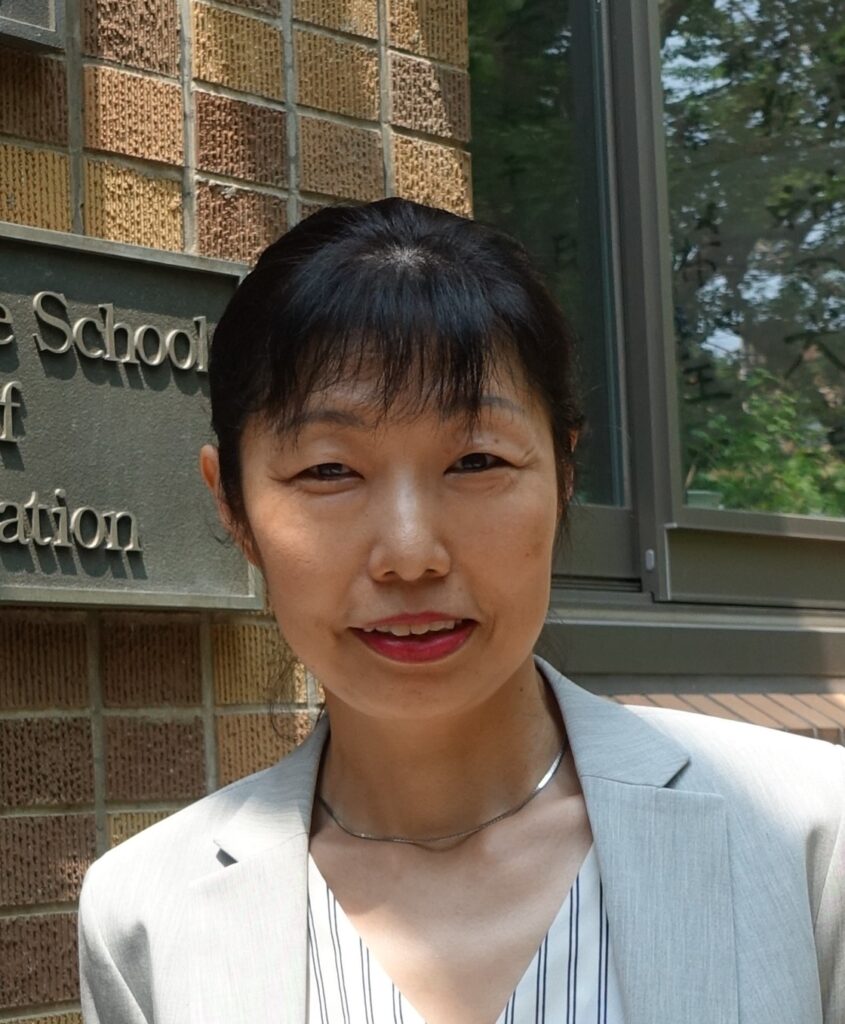
現職
- 東京大学 大学院教育学研究科 教授
経歴
- 1988年 お茶の水女子大学文教育学部卒業
- 1990年 東京大学大学院教育学研究科修士課程修了
- 1995年 同博士課程修了。博士(教育学)
- 1995年 青山学院大学文学部専任講師、
- 1998年 同 助教授
- 2003年 東京大学大学院教育学研究科助教授
- 2007年 職名変更に伴い准教授
- 2015年より現職
研究概要
子どもは何を手がかりに(物理的には切れ目のない音の流れである発話から),単語を聞き取り、その意味を推測し、言語を身につけていくのか
最近の具体的なテーマとしては、「乳児における単語の聞き取りとその種類の見きわめ」「乳児向け発話や赤ちゃん言葉の役割」「擬音語理解の発達」 など
主な業績
主な論文
- Ikeda,S., Sudo,M., Matsui,T. & Haryu,E. 2021. Developmental changes in understanding emotion in speech in children in Japan and the United States. Cognitive Development, 101110..
- Sanefuji, W. & Haryu, E. 2018 Preschoolers’ development of theory of mind: The contribution of understanding psychological causality in stories. Frontiers in Psychology, https://doi.org/10.3389/fpsyg.2018.00955
- 針生悦子 2018 「日本語の擬音語“感覚”の発達」 子ども学,6, 22-35.
- Yamamoto, H.W. & Haryu, E. 2018 The role of pitch pattern in Japanese 24-month-olds’ word recognition. Journal of Memory and Language, 99, 90-98.
- Kaneshige, T. & Haryu, E. 2017 Infants predict expressers’ cooperative behavior through facial expressions. PLoS One, 12, e0185840.
- Haryu, E., & Kajikawa, S. 2016 Japanese children’s use of function morphemes during language development. In S. Iwatate, M. Koyasu, & K. Negayama (Eds.), Frontiers in developmental psychology research: Japanese perspectives (pp.221–236), Tokyo: Hituzi Syobo Publishing.
- Haryu, E., & Kajikawa, S. 2016 Use of bound morphemes (noun particles) in word segmentation by Japanese-learning infants. Journal of Memory and Language, 88, 18-27.
- Kaneshige, T. & Haryu, E. 2015 Categorization and understanding of facial expressions in 4-month-old infants. Japanese Psychological Research, 57, 135-142.
- Jiang, L. & Haryu, E. 2014 Revisiting Chinese-speaking children’s understanding of argument structure. Japanese Psychological Research, 56, 180-188.
- Ohtake,Y. & Haryu, E. 2013 Investigation of the process underpinning vowel-size correspondence. Japanese Psychological Research, 55, 390-399.
- Haryu, E. & Kajikawa, S. 2012 Are higher-frequency sounds brighter in color and smaller in size? Auditory-visual correspondences in 10-month-old infants. Infant Behavior and Development, 35, 727-732.
- Haryu, E., Imai, M. & Okada, H. 2011 Object similarity bootstraps young children to action-based verb extension. Child Development, 82, 674-686.
主な著書
- 『赤ちゃんはことばをどう学ぶのか』 中公新書ラクレ
- 『ことばの育ちの認知科学』 新曜社
- 『言葉をおぼえるしくみ』(共著) ちくま学芸文庫
- 『言語心理学』(単編著) 朝倉書店



